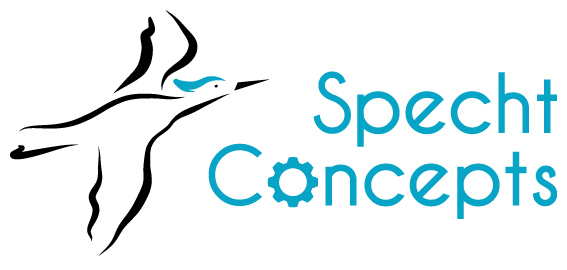Outside the box – the slightly different relocation
The production of interior trim parts is to be relocated from Germany to Romania in the prototype phase. The planning and implementation of the entire process is estimated to be more than one year in the context of just-in-sequence production. In the end, the entire factory is productive after only six months at the new location. Risks have been minimized, millions of costs have been saved, and production is cost-covering and already profitable in the start-up phase.
But once again: the subsidiary of an automotive group wants to relocate its precious wood decorative production with more than 50 process steps. The production is complex – and a lot of manual work is needed to enhance the interior of the luxury vehicle. A total of 10 working hours is put for each premium class vehicle.




